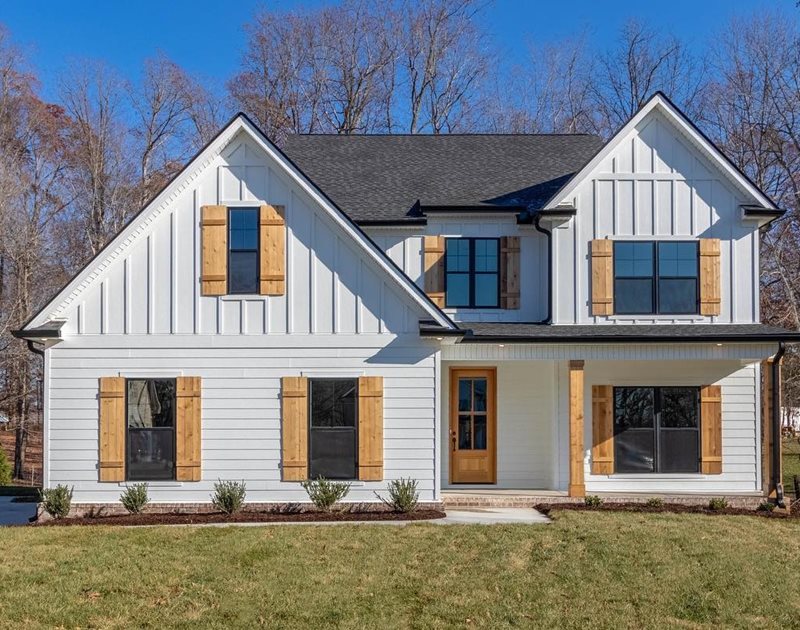Point 11
Exterior Siding: The Skin of Your Home’s Structure
What You Need to Know About the Durability and Aesthetic of Your External Walls
The exterior siding of your home is more than just the face it shows to the world; it’s a crucial barrier that protects the structural integrity of the building from the elements. Evaluating the condition and effectiveness of your external walls is an essential component of a home remodel or property evaluation. Problems like rotting wood, chipping paint, or mold can be more than just eyesores. They can indicate deeper issues that compromise your home’s value and even its safety. As such, a thorough assessment can help you prioritize exterior siding in your renovation project or give you important negotiation leverage in a home sale.
Exterior Siding: Your Home’s First Line of Defense and Lasting Impression
Exterior siding is far more than a cosmetic feature; it’s your home’s first line of defense against the harsh conditions of Mother Nature. From blazing sun to torrential rains and howling winds, your siding must be robust enough to withstand it all. Beyond its functional aspects, siding is also one of the first things people notice about your home. Therefore, its appearance and condition are critical to your home’s curb appeal, and ultimately, its market value.
Types of Siding
There’s a wide variety of materials available for home siding, from traditional wood and brick to modern options like vinyl, metal, and fiber cement. Each material has its unique set of pros and cons regarding durability, maintenance, and aesthetics. For instance, wood siding offers a classic look but is more susceptible to damage from insects and moisture. On the other hand, vinyl siding is low-maintenance but might not provide the aesthetic or insulating qualities that other materials offer.
Signs of Wear and Tear
Regular wear and tear are inevitable, but severe damage can lead to structural issues down the line. Cracks, holes, and warping are not just cosmetic problems; they can also allow moisture and pests to penetrate your home, leading to more significant issues like rot, mold, and even structural damage.
Impact on Energy Efficiency
Good siding can be a critical factor in maintaining your home’s energy efficiency. Damaged or outdated siding can significantly impact your utility bills by allowing for drafts and decreased insulation properties. Modern siding materials often come with built-in insulating layers or are designed to improve thermal efficiency, making them an excellent investment for long-term savings.
Aesthetic Importance
The right siding can significantly enhance your home’s curb appeal. Whether you aim for a rustic, traditional look or a sleek, modern design, the siding material and style you choose will set the tone. And if you’re planning on selling your home, remember that exterior appearance is often a key factor for prospective buyers.
Building Codes and Regulations
As with other aspects of your home, siding must adhere to local building codes and regulations. Especially in areas prone to extreme weather conditions, such as hurricanes or wildfires, specific materials may be mandated for safety reasons.
Conclusion
Given its dual role as both protector and beautifier of your home, siding is a feature that demands careful consideration. From material selection and maintenance to its impact on energy efficiency and aesthetics, every aspect of siding plays a vital role in your home’s overall health and value. It’s therefore crucial to include a thorough evaluation of your exterior siding in any home remodeling or assessment plan. By knowing what to look for and what questions to ask, you can make informed decisions that will benefit your home in the long run.



